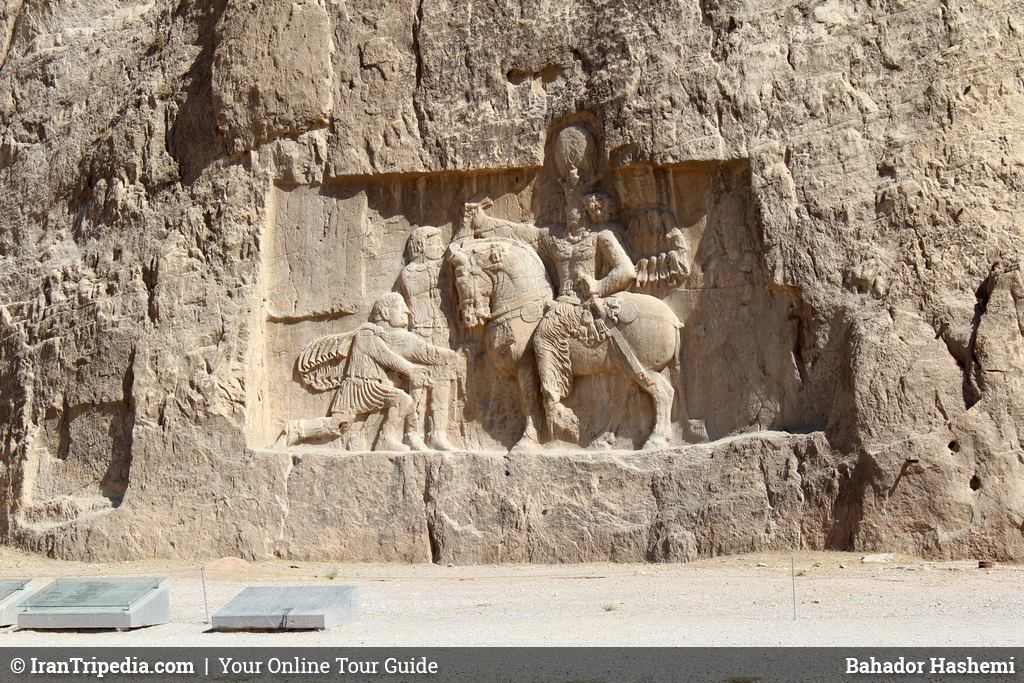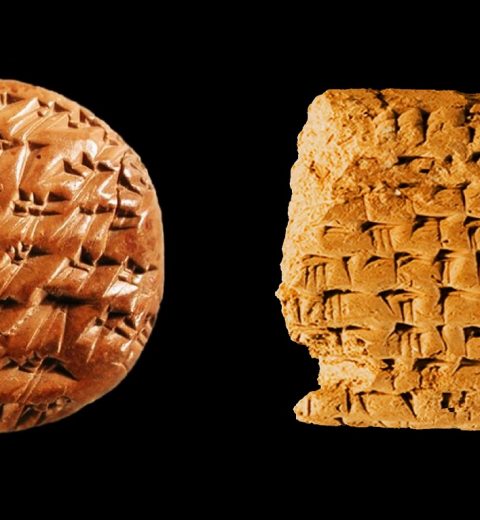The Sassanid Empire was the second great Persian empire of ancient times. The name of the empire, whose own designation was Iranshahr, is derived from the last pre-Islamic Persian dynasty of the Sassanids. In medieval Shahname, the dynasty is named after Papak or Babak. The son (in other versions: the father) of the ancestor Sasan. With very few exceptions (Bahram Chobin 590 and Shahrbaraz 630), all the great kings belonged to the Sassanid family until the end.
In modern historical science, the term Sassanids is applied to the population of their empire as well as to the ruling family. The Sassanid Empire extended roughly over the areas which included parts of present-day Iran, Iraq, Armenia, Afghanistan, Turkey, Jordan, Israel, Lebanon, Syria, Georgia, Armenia, Azerbaijan, Turkmenistan, Tajikistan, Uzbekistan, Qatar, Bahrain, Yemen, Oman, India, Kazakhstan, United Arab Emirates, Saudi Arabia, Pakistan, Russia, Egypt, and Kyrgyzstan. The Sassanids called the kingdom Iranshahr and Iran. It was due to an economically and politically important intersection between East and West. The empire existed between the end of the Parthian Empire and the Arab conquest of Persia, i.e. from 224 and 226 to the battle of Nahavand in 642 and until the death of the last great king Yazdegerd III in 651.
Sassanid Empire; New Persian Empire
The Sassanid Empire, which in some research is also referred to as the New Persian Empire (as opposed to the Old Persian Empire of the Achaemenids and Teispides), was for centuries an important great power and a rival of the Roman and Eastern Roman Empire. In addition to armed conflicts (Roman-Persian Wars), there were also numerous peaceful contacts between the Romans and Sassanids, which influenced each other in many ways. Sassanid traditions also had a great influence on the Umayyads, Samanids, and especially the Abbasids.
The Sassanid period (comprising the entire final period of classical antiquity) is considered one of the most important and influential historical periods in the history of Iran. In many ways, it reached the most important achievements of Persian culture and was the last great Iranian empire before the Muslim conquest of Persia and the consequent conversion to Islam as the religion of the whole territory.
The Sassanid Empire had a major influence on the Roman Empire. This cultural influence extended beyond the border territories of both empires, reaching as far as Western Europe, Africa, China, and India, and played a key role in the formation of European and Asian medieval art, as it influenced both continents. This influence also reached the then-recent Islamic world. The aristocratic and exclusive society of the Sassanid dynasty transformed the Islamic conquest of Iran into a Persian “renaissance”. Islamic culture adopted, in many respects (architecture, writing, etc.) characteristics of the Sassanid Persians.





